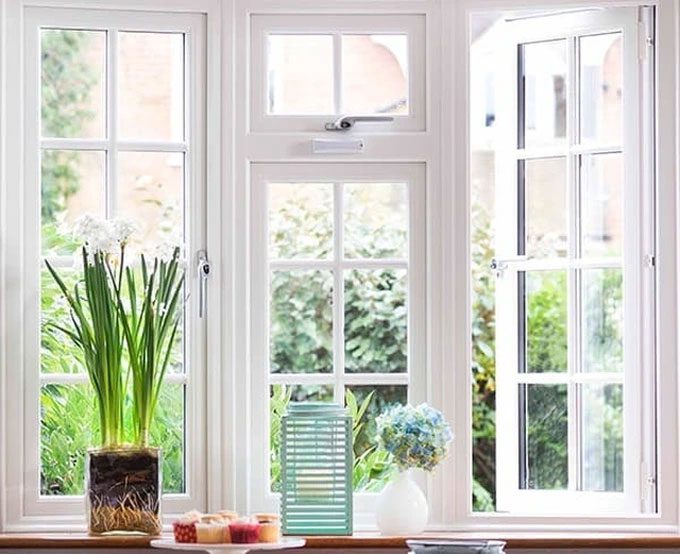In winter, many people have the habit of closing windows tightly to prevent cold air from entering their homes, a practice that can be harmful to health.
Besides breathing, our daily activities produce a significant amount of moisture, such as bathing, doing laundry, or cooking.

Opening windows helps indoor air circulation and limits the growth of harmful bacteria. (Illustrative photo: Nguyễn Nguyễn).
This leads to a significant increase in indoor humidity, creating a favorable environment for harmful bacteria that can affect human health to thrive.
Specifically, if your home has high humidity (above 50%), it can result in mold and fungal spores spreading in the air, potentially causing respiratory-related illnesses for family members, such as sore throat, asthma, fever, especially in the elderly and young children.
Therefore, we need to open windows regularly to reduce humidity and let fresh air into our homes. Once or twice a day, we should open all windows for about 5 to 10 minutes.
Note that in large cities, during winter, air pollution is more severe, and residents should be cautious about opening windows for ventilation during times of poor air quality.
In the morning, we should open windows from around 8 AM to 10 AM and in the evening after 10 PM, as these are considered the times with the best air quality of the day.
Additionally, many families often dry their laundry indoors, which also contributes to increased humidity.
According to a study conducted by the University of New South Wales, Australia in 2017, drying clothes indoors can increase indoor humidity by 30% and maintain an additional 15% in the following days.
Therefore, we should also dry clothes outdoors, such as on a balcony, or place drying racks near windows to avoid increasing humidity in our homes.

















































